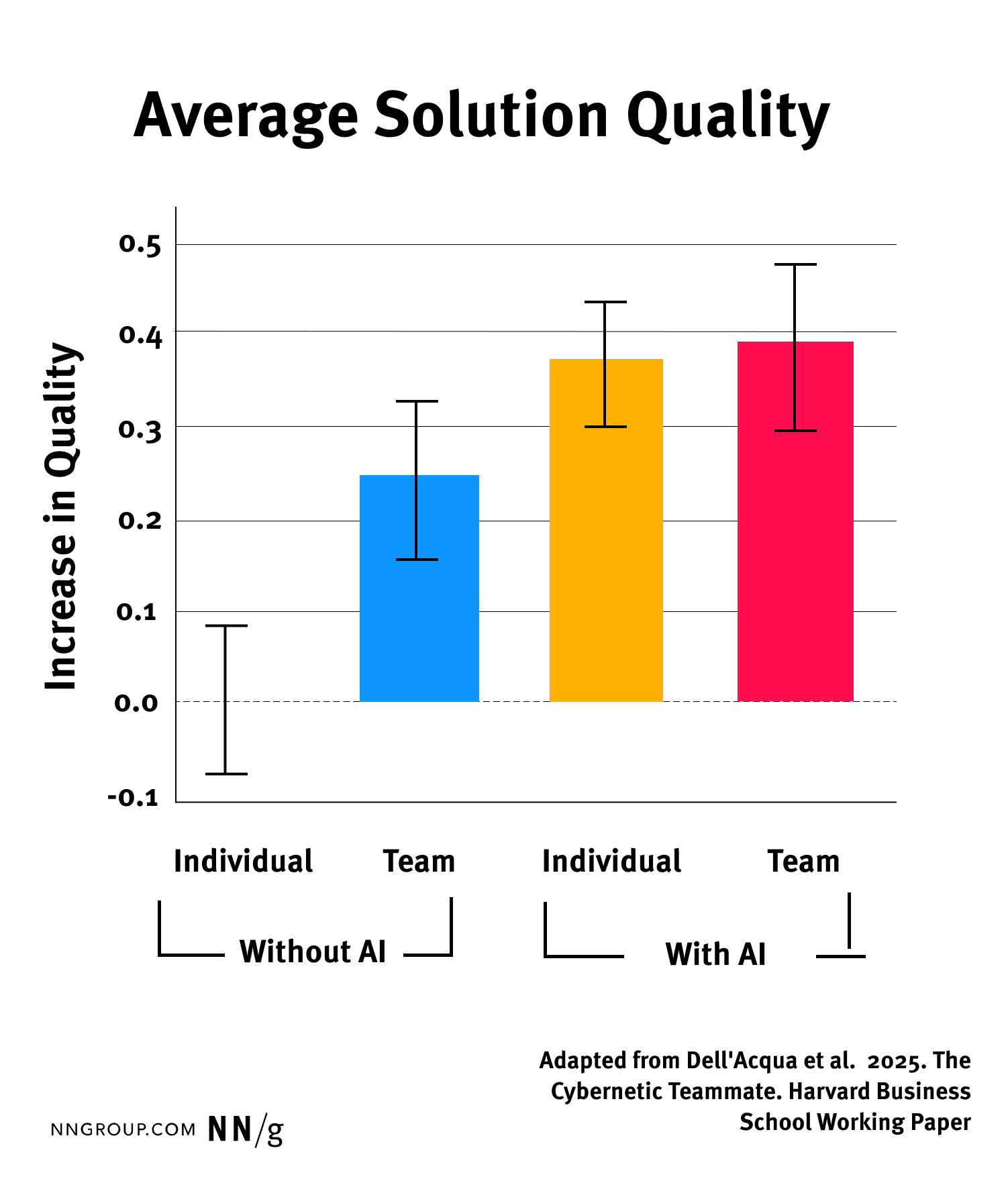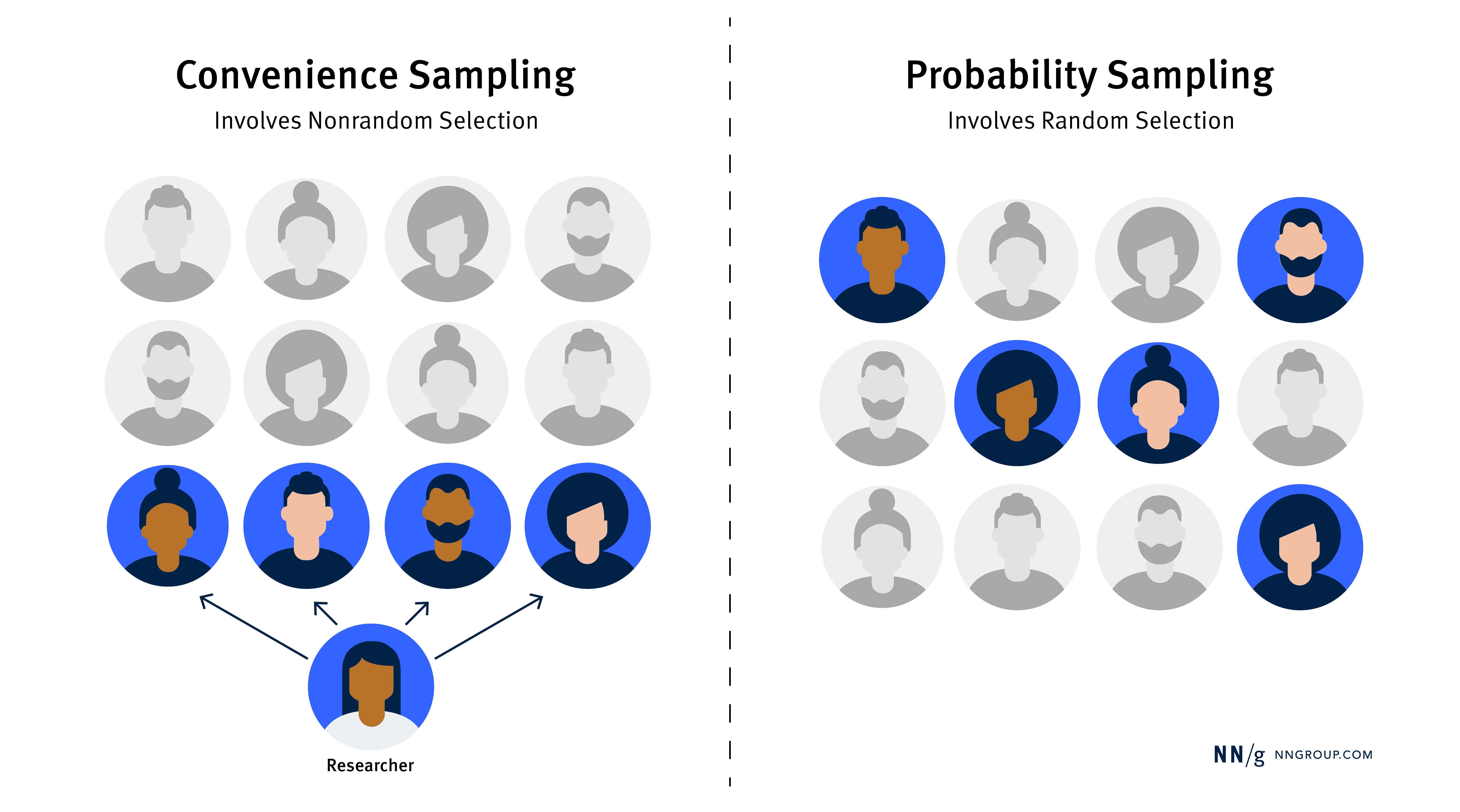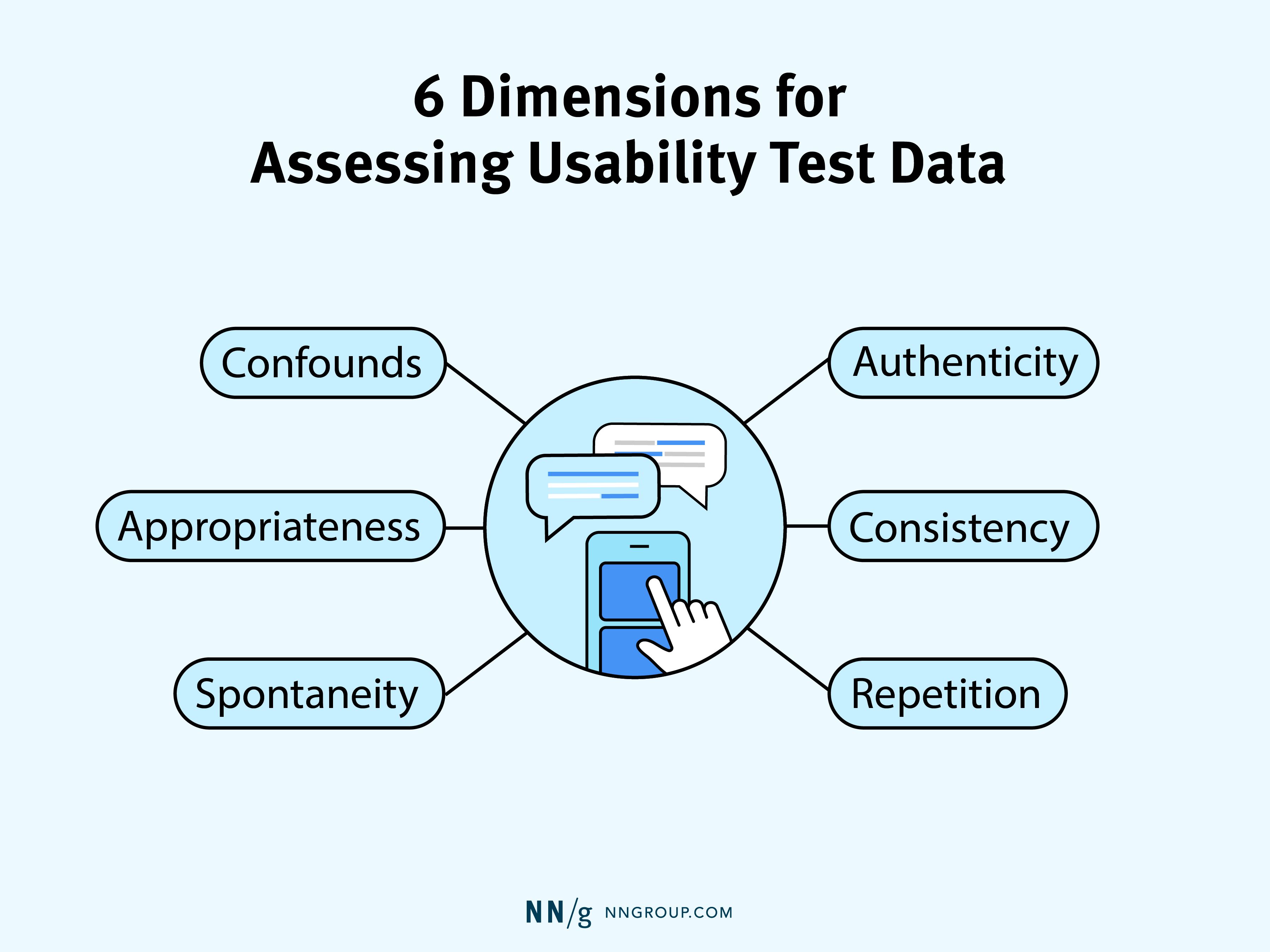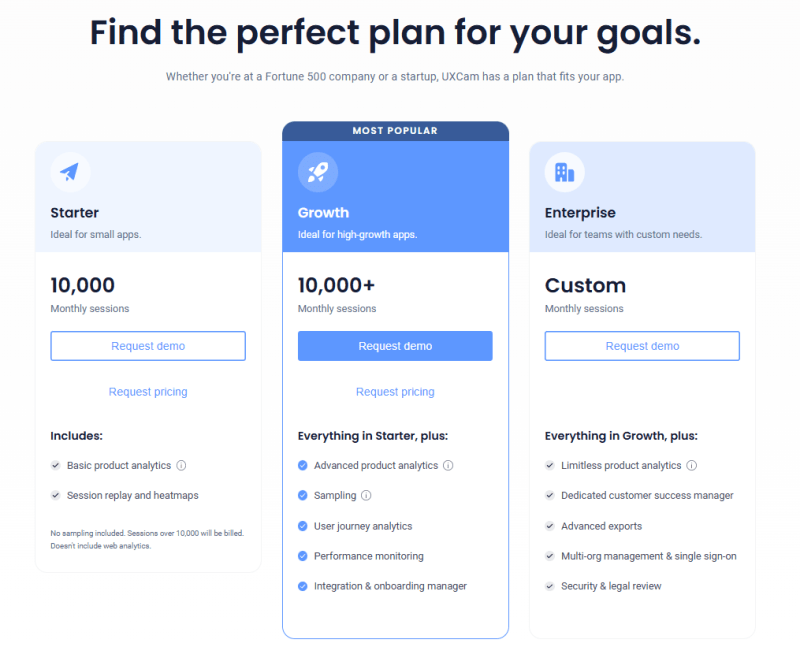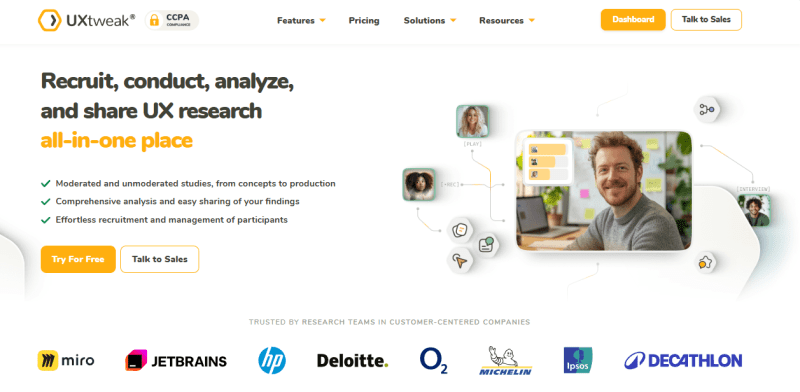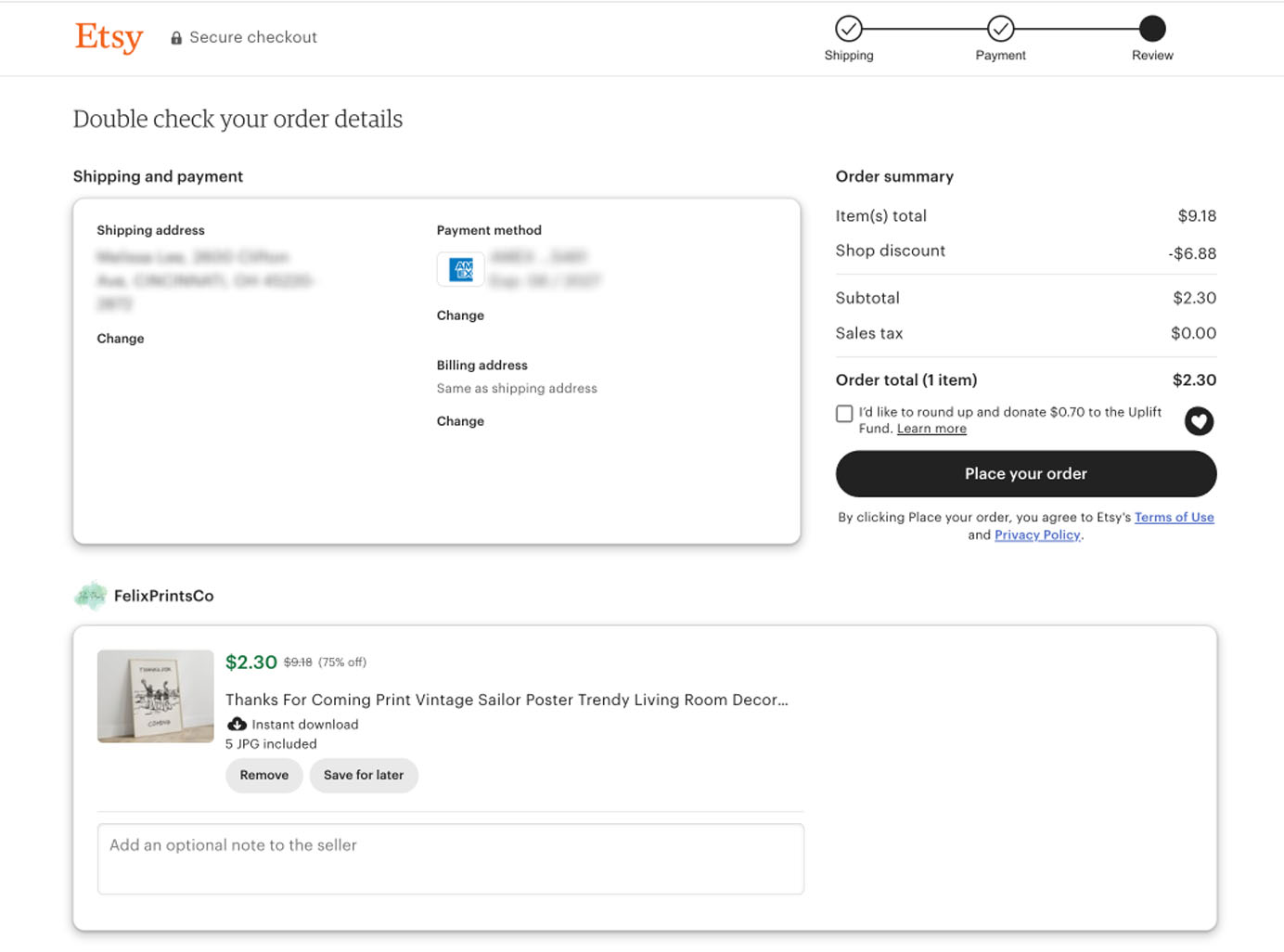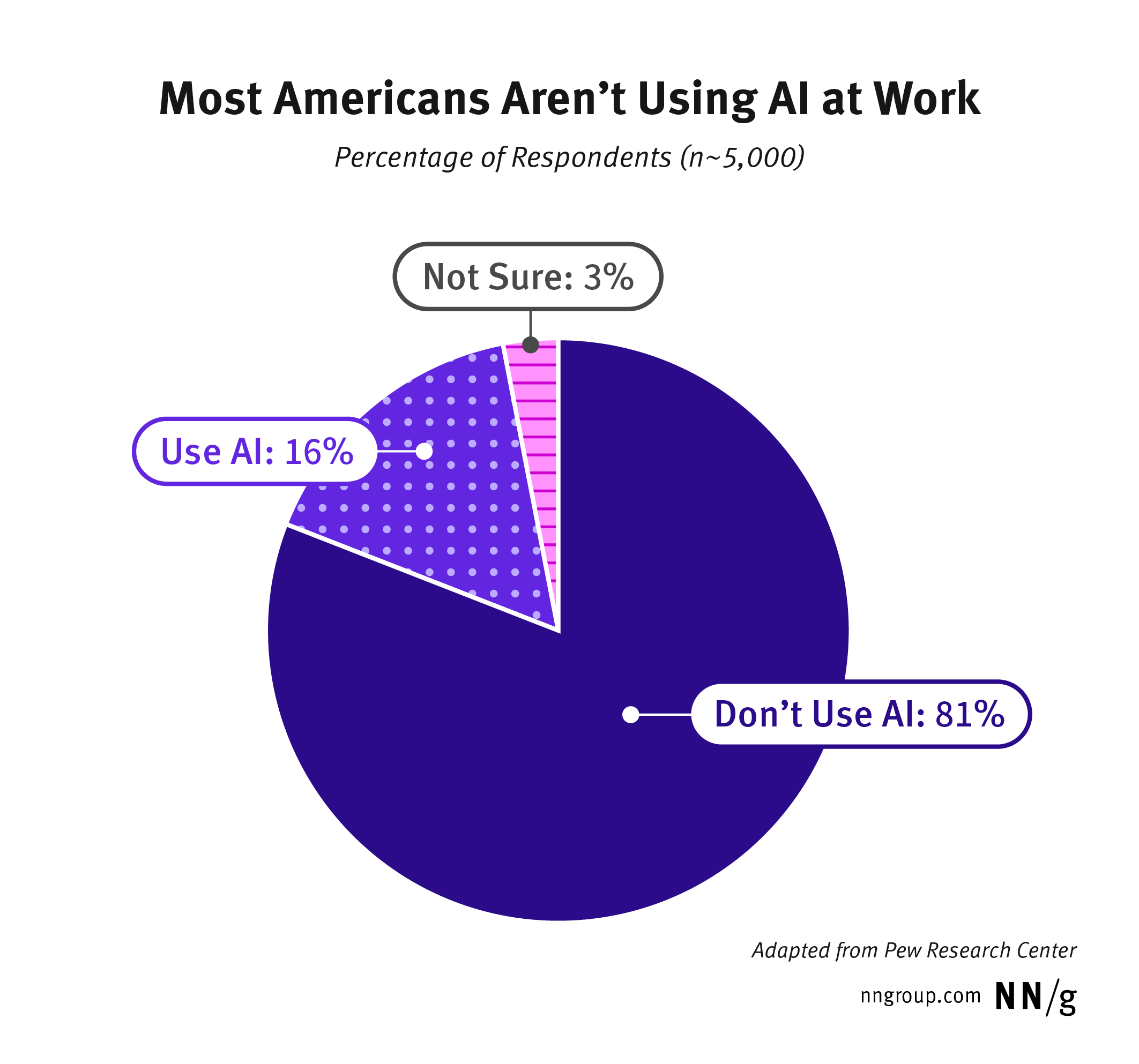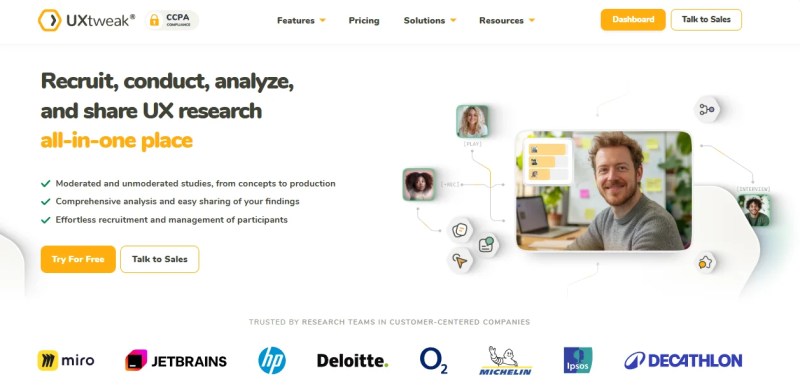🛠️ A CRO audit is more than a quick design tweak; it’s a full-funnel investigation into why visitors aren’t converting by analyzing user behavior, conversion paths and design bottlenecks 🧪 Combining both qualitative (user feedback, usability testing) and quantitative (analytics, heatmaps, A/B tests) data gives a complete view of why users drop off ♻️ A… Continue reading CRO Audit: Step-by-Step Guide w/ Templates, Tips and Tools
Tag: data
Information pollution, poisoning, and hygiene
[unable to retrieve full-text content] Abstract representations of information pollution, poison, and hygiene. Image by the author, 2025. People are information beings. Our civilization is created from shared information with practical application — part know-how, part doing. Culture is shared information shortcuts. Society is shared cross-cultural information to find overall balance. Science is information built for understanding more broadly… Continue reading Information pollution, poisoning, and hygiene
The social significance of Spotify Wrapped
[unable to retrieve full-text content] How the tech industry ended postmodernism and increased individualism Wham!, Coca-Cola commercials, and obligatory family dinners; Western Christmas weeks are very predictable. We even have a new December tradition: the annual Spotify Wrapped. At first glance, the concept seems like a brilliant marketing strategy, but there’s a deeper meaning behind it.… Continue reading The social significance of Spotify Wrapped
AI as a Creative Teammate
Summary: AI acts as a creative teammate in group settings as it does for solo work. Thoughtful facilitation ensures teams leverage AI effectively in workshops and critiques. I don’t need to tell you that generative AI can be useful for ideation, writing, or communication — you probably already know and believe that. In speaking with… Continue reading AI as a Creative Teammate
How to write better prompts for AI design & code generators
[unable to retrieve full-text content] Because AI design and code generators quickly take an active part in the design process, it’s essential to understand how to make the most of these tools. If you’ve played with Cursor, Bolt, Lovable, or v0, you know the output is only as good as the input. Here’s a structured prompt… Continue reading How to write better prompts for AI design & code generators
Learn How to Display WordPress Custom Field Data With Blocks — Speckyboy
Custom fields are among WordPress’s most powerful features. They allow us to customize the front and back end of a website, and there are all manner of creative uses for them. Everything from displaying niche content to changing page layouts based on field values is possible. Traditionally, using custom fields meant navigating obstacles. They require… Continue reading Learn How to Display WordPress Custom Field Data With Blocks — Speckyboy
Top 8 Methods for UX Research Analysis w/ Tools & Tips
Key takeaways 💡 User research analysis is the process of interpreting data and insights collected during the user research stage. 🔦 In user research analysis, the data that we analyze generally falls under two categories: qualitative and quantitative data. 🔎 UX research analysis and UX research synthesis are two distinct processes that serve distinct roles… Continue reading Top 8 Methods for UX Research Analysis w/ Tools & Tips
Beyond the Model: a systems approach to AI product design
[unable to retrieve full-text content] Integrating AI from technical components to user experience. Source Reading Paz Perez’s “The Rise of the Model Designer” offers a clear and accessible perspective on the current wave in AI product development. She makes an interesting case for why designers should step beyond the interface and help shape the very… Continue reading Beyond the Model: a systems approach to AI product design
Developing WP Theme With Interactive Features
In the world of WordPress (WP) theme development, interactivity and functionality are at the heart of a modern, engaging user experience. Today’s web users expect responsive designs, seamless animations, and real-time feedback from the websites they visit. Achieving these interactive elements in WordPress themes requires a solid understanding of front-end development—particularly JavaScript—alongside WordPress’s PHP-based structure.… Continue reading Developing WP Theme With Interactive Features
Convenience vs. Probability Sampling in UX Research
Summary: Convenience sampling is quick and cost-effective for UX research, but probability sampling is better when you need representative and generalizable data. When conducting UX research, choosing the right sampling method can ensure that your findings are both useful and reliable. Most UX practitioners use a sampling method called convenience sampling: recruiting participants based on… Continue reading Convenience vs. Probability Sampling in UX Research
6 Dimensions for Assessing Usability Data in Analysis
Summary: Analyze usability findings for authenticity, consistency, repetition, spontaneity, appropriateness, and confounding factors to separate surface impressions from real insights. Qualitative usability tests yield two types of data: behavioral data (or performance data) and attitudinal data (or subjective data). During analysis, we must consolidate both types of data while considering additional factors, such as information… Continue reading 6 Dimensions for Assessing Usability Data in Analysis
The Microsoft 365 renewal dance: uncovering deceptive patterns
[unable to retrieve full-text content] Lessons from sidestepping Microsoft 365's aggressive subscription renewal tactics A few weeks before my long standing Microsoft 365 Family subscription was due for renewal I received an email stating that it will automatically-renew, one thing it failed to mention was the new price was 30% more than last year. In the first… Continue reading The Microsoft 365 renewal dance: uncovering deceptive patterns
UXCam Pricing in 2025: Pricing Plans and Reviews
⚠️ Note: This article isn’t aimed at testers – it’s written for those considering UXCam for product analytics. Key Takeaways 💰 Pricing for UXCam varies, with the median buyer paying around $20,991 per year. 📱 It offers powerful mobile analytics tools, including session replays, heatmaps, and crash tracking. 👍 The tool is praised for providing… Continue reading UXCam Pricing in 2025: Pricing Plans and Reviews
Qualtrics Pricing 2025: How Much Does It Cost? [Updated]
Key Takeaways 📊 Qualtrics offers powerful tools for customer and employee insights, including sentiment analysis, surveys, and advanced analytics. 💰 Costs range from $6,525 to $126,000 per year, and the private pricing model requires speaking with a salesperson, which can be frustrating. ⚖️ User feedback is mixed. While some value its comprehensive features, others complain… Continue reading Qualtrics Pricing 2025: How Much Does It Cost? [Updated]
UX Leads Adoption of AI Chat
Summary: UX ranks among top fields adopting AI, mostly in writing, design, and coding tasks — though complex or human-centric UX activities remain largely AI-free An analysis of one million conversations with Claude.ai indicates that, while UX professionals represent less than 0.01% of the US workforce, they generate a remarkable number of AI conversations (7.5%… Continue reading UX Leads Adoption of AI Chat
No 16. Some AI Learning Resources & Insights
[unable to retrieve full-text content] Since joining Microsoft’s AI team last year, I’ve found myself diving headfirst into the world of artificial intelligence. What began as an overwhelming experience, trying to grasp concepts and frameworks, has now turned into a passion project that I’m eager to share with you. In just six months, I transitioned… Continue reading No 16. Some AI Learning Resources & Insights
Less Effort, More Completion: The EAS Framework for Simplifying Forms
Summary: Use the EAS framework — Eliminate first, Automate where possible, and Simplify what remains — to minimize user effort and improve form completion rates. Filling out a form is rarely anyone’s idea of fun. Users are goal-oriented — they want to accomplish their goals quickly and efficiently. The more effort a form demands, the… Continue reading Less Effort, More Completion: The EAS Framework for Simplifying Forms
AI Adoption in the Workplace Still Low, 2 Years Later
Summary: Designers may think AI features are now familiar to our users, but recent research suggests that adoption is still lower than we might think. Pew Research Center recently published interesting results from a large survey about AI usage in the workplace. In late 2024, they surveyed over 5,000 adults employed in the U.S., with… Continue reading AI Adoption in the Workplace Still Low, 2 Years Later
How Service Design Will Evolve with AI Agents
Summary: AI will force the transformation of service design by introducing new actors, shifting user dynamics, and redefining success metrics. Service design is the activity of planning and organizing a business’s resources (people, props, and processes) in order to effectively deliver the intended experience. As products and services grow in sophistication, so does the need… Continue reading How Service Design Will Evolve with AI Agents
Designing for AI Engineers: UI patterns you need to know
[unable to retrieve full-text content] A reference article with guiding principles, patterns, and personas to help designers become more AI literate. As the Head of Design at Modular AI, my team is going from 0 to 1 on a lot of AI products and workflows this year. Even though I’ve been designing for developers for… Continue reading Designing for AI Engineers: UI patterns you need to know
How to Apply and Secure a UX Job
Summary: Apply and secure UX jobs with tips for customizing resumes using generative AI, researching employers, acing interviews, and negotiating offers. Submitting UX job applications can feel stressful as you submit your professional work for evaluation by strangers over and over again. But it doesn’t have to be. This article offers useful tactics to help… Continue reading How to Apply and Secure a UX Job
Top 25 Customer Analytics Software & Tools in 2025
Key Takeaways 📊 Customer analytics software helps businesses collect and analyze user data to improve digital products and understand customer behavior. 🛠️ Different tools offer features such as session recording, heatmaps, and customer segmentation to track interactions and find areas for improvement. 💰 Budget-friendly choices are available, with many tools providing free plans or trials,… Continue reading Top 25 Customer Analytics Software & Tools in 2025
Preparation Tactics for a Tough UX Job Market
Summary: Use these tactics to prepare yourself for a downturn in the UX job market. It’s relatively easy to bask in the glow of a sunny UX job market and its plentiful opportunities. However, coping with a challenging job market is the true test of endurance for the UX professional. This article is the first… Continue reading Preparation Tactics for a Tough UX Job Market
Digital Marketing Tips for Success in 2025
In today’s fast-paced digital landscape, staying competitive and effectively reaching your audience requires more than just a website or a social media account. Digital marketing is an ongoing process that involves a range of strategies to help businesses connect with their customers and convert leads into loyal clients. Whether you’re a small business owner or… Continue reading Digital Marketing Tips for Success in 2025



